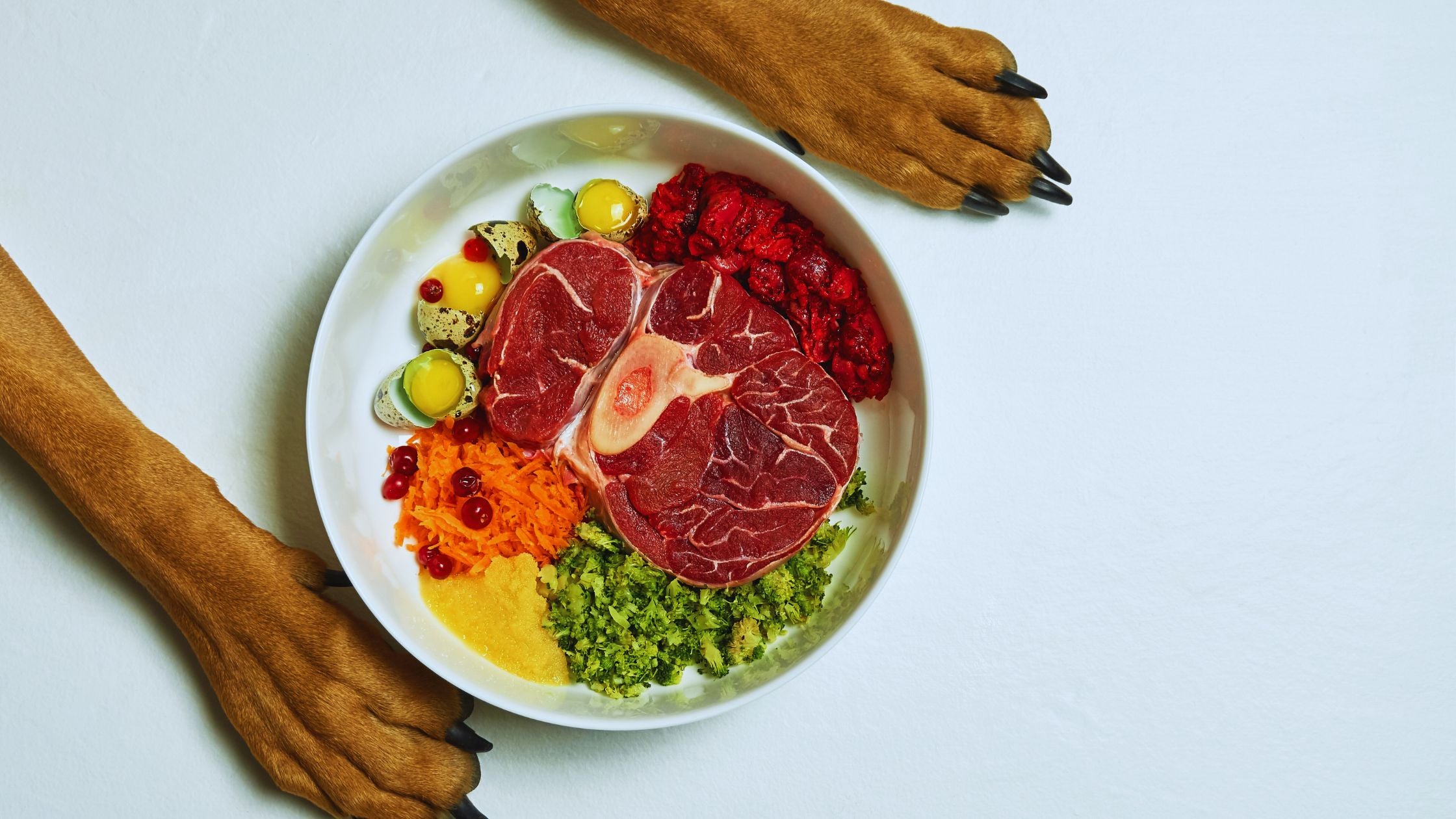Developing a healthy feeding routine for your pet dog is essential in order to keep them fit, happy, and well-nourished. A consistent feeding schedule can also help with behavioural issues and ensure your pet receives the nutrients they need.
In this blog, we will discuss seven steps to developing a healthy feeding routine for your pet dog.
1. Know How Often You Should Schedule Feeding
The first step in creating a healthy feeding routine for your dog is to determine how often they should be fed. This will depend on factors such as their age, size, and activity level.
Generally, puppies should be fed three to four times a day, while adult dogs can be fed twice a day. However, it's important to consult with your veterinarian to determine the ideal feeding schedule for your specific dog.
2. Avoid Feeding near the Dining Table
Feeding your dog near the dining table can encourage begging and other undesirable behaviours. To prevent this, it's best to feed your dog in a separate area, away from where you and your family eat. This will help your dog understand that their food comes from their designated feeding area and not from your plate.
3. Feed Your Dog in the Same Location Every Day
Consistency is key when developing a healthy feeding routine for your pet dog. Feeding your dog in the same location every day can help them feel more secure and comfortable during mealtime. This can also help prevent territorial and resource-guarding behaviours, as your dog will know their food will always be provided in the same spot.
4. Factor in Treats to Your Dog’s Schedule
Treats can be a great way to reward your dog for good behaviour, but it's important to factor them into your dog's overall feeding schedule.
If you're giving your dog treats throughout the day, you'll need to adjust the amount of food you provide during meals to ensure they're not consuming too many calories. Overfeeding your dog can lead to obesity and other health issues, so be mindful of how many treats you give them in addition to their regular meals.
5. Provide Your Dog with a Consistent Amount of Food
When developing a healthy feeding routine for your pet dog, it's important to provide them with a consistent amount of food. This means measuring their food and providing the same amount at each meal. Doing so can help prevent overeating and weight gain, and it can also help you monitor your dog's appetite and overall health.
6. Pick up the Dishes after Your Dog Finishes Eating
Leaving your dog's food dishes out after eating can encourage overeating and grazing behaviours. To prevent this, it's best to pick up your dog's dishes after they've finished eating. This will help your dog understand that mealtime is over and discourage them from searching for more food.
7. Always Provide Your Pet with Nutritious Food
Finally, it's important always to provide your pet with nutritious food. High-quality dog food will contain all the essential nutrients your dog needs to stay healthy and maintain a healthy weight. Look for dog food appropriate for your dog's age, size, and activity level, and consult with your veterinarian if you need clarification on which food is best for your pet.
Final Thoughts
Developing a healthy feeding routine for your pet dog is essential for their health and well-being. By following these seven tips, you can ensure that your dog receives the nutrients they need while promoting positive behaviours and avoiding common issues related to feeding. Remember to consult your veterinarian if you have any concerns or questions about your dog's feeding routine, and always provide them with nutritious, high-quality food.
For the best dog food supplies online, shop at Peek A Paw today! We serve pet lovers across Australia by providing the best products at competitive prices. Explore our collection, and place your order now!

